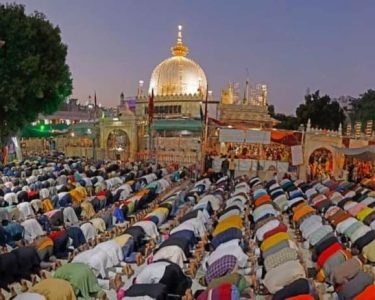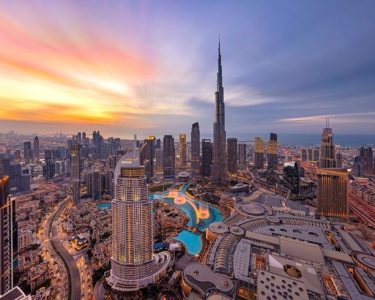Tallinn, the capital city of Estonia, is a place where the past meets the future, offering a unique blend of rich cultural heritage and modern educational opportunities. This article delves into the multifaceted aspects of Tallinn’s cultural and educational landscape, exploring how these elements contribute to the city’s vibrant and dynamic character.
Historical Overview
Tallinn’s history dates back over 800 years, with its medieval Old Town being one of the best-preserved in Europe. The Old Town, a UNESCO World Heritage site, is a living museum that showcases Gothic architecture, cobblestone streets, and historic landmarks such as the Alexander Nevsky Cathedral and the Toom pea Castle. These historical treasures provide a tangible connection to the past, fostering a sense of continuity and identity among the city’s inhabitants.

Cultural Evolution
Over the centuries, Tallinn has been influenced by various cultures, including Danish, Swedish, German, and Russian. Each of these cultures has left its mark on the city’s architecture, traditions, and customs. This rich cultural tapestry is evident in the city’s numerous festivals, museums, and cultural institutions, which celebrate everything from medieval history to contemporary art.
Cultural Institutions
Tallinn boasts a plethora of museums and galleries that cater to diverse interests. The Estonian History Museum, the Kumu Art Museum, and the Seaplane Harbour are just a few examples of institutions that offer insights into the country’s history, art, and maritime heritage. These institutions not only preserve and showcase Estonia’s cultural heritage but also serve as educational resources for both locals and visitors.
Festivals and Events
The city’s cultural calendar is filled with events that highlight its rich heritage. The Tallinn Old Town Days, the Tallinn Music Week, and the Black Nights Film Festival are among the many events that attract international attention. These festivals provide a platform for cultural exchange and foster a sense of community and pride among residents.
Education in Tallinn
Tallinn’s commitment to education is evident in its well-developed primary and secondary school system. The city offers a range of public and private schools that provide high-quality education. The curriculum is designed to be comprehensive and inclusive, ensuring that students receive a well-rounded education that prepares them for future challenges.
Higher Education
Tallinn is home to several prestigious higher education institutions, including Tallinn University and the Tallinn University of Technology. These institutions offer a wide range of undergraduate and postgraduate programs, attracting students from around the world. The emphasis on research and innovation ensures that graduates are well-equipped to contribute to various fields, both locally and globally.
Lifelong Learning
In addition to formal education, Tallinn places a strong emphasis on lifelong learning. The city offers numerous adult education programs, vocational training courses, and community learning initiatives. These programs are designed to enhance skills, promote personal development, and foster a culture of continuous learning.
Integration of Culture and Education
Tallinn’s educational institutions often collaborate with cultural organizations to offer programs that integrate cultural heritage into the curriculum. For example, students may participate in museum visits, historical reenactments, and art workshops. These activities enrich the learning experience and help students develop a deeper appreciation for their cultural heritage.

Research and Innovation
The city’s universities and research institutions are actively involved in projects that explore and preserve Tallinn’s cultural heritage. These initiatives often involve interdisciplinary collaboration, combining expertise from fields such as history, archaeology, and digital technology. The use of cutting-edge technology, such as 3D scanning and virtual reality, allows researchers to document and share cultural artifacts in innovative ways.
Conclusion
Tallinn, Estonia, stands as a testament to the harmonious coexistence of rich cultural heritage and progressive education. The city’s historical landmarks, vibrant cultural scene, and robust educational system create a dynamic environment that nurtures both tradition and innovation. As Tallinn continues to evolve, its commitment to preserving its cultural heritage while fostering educational excellence ensures that it remains a beacon of cultural and intellectual vitality.




